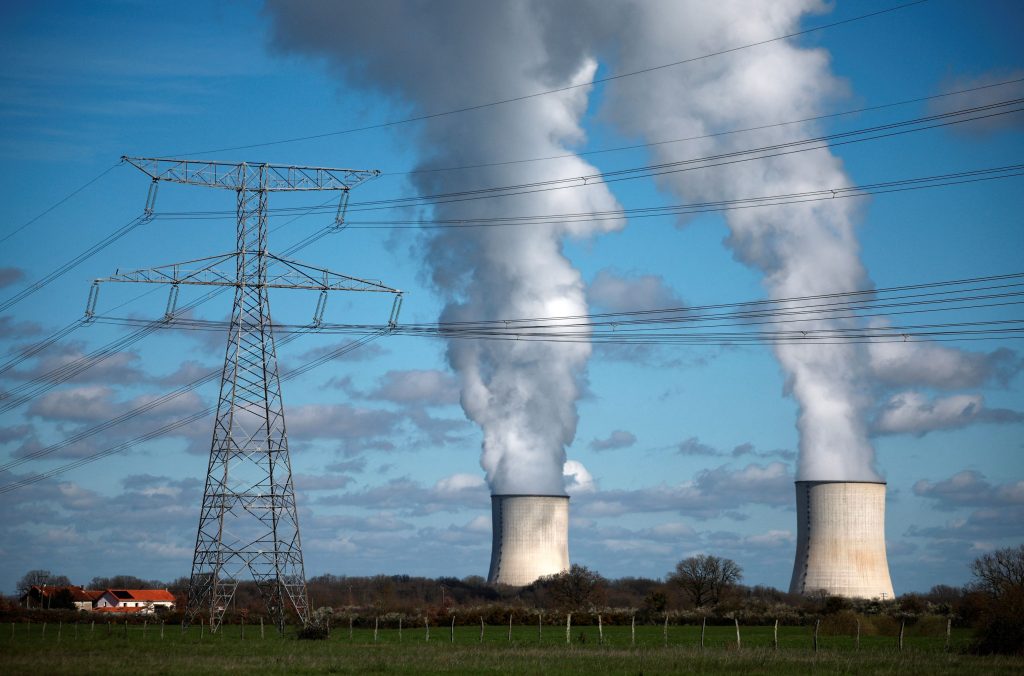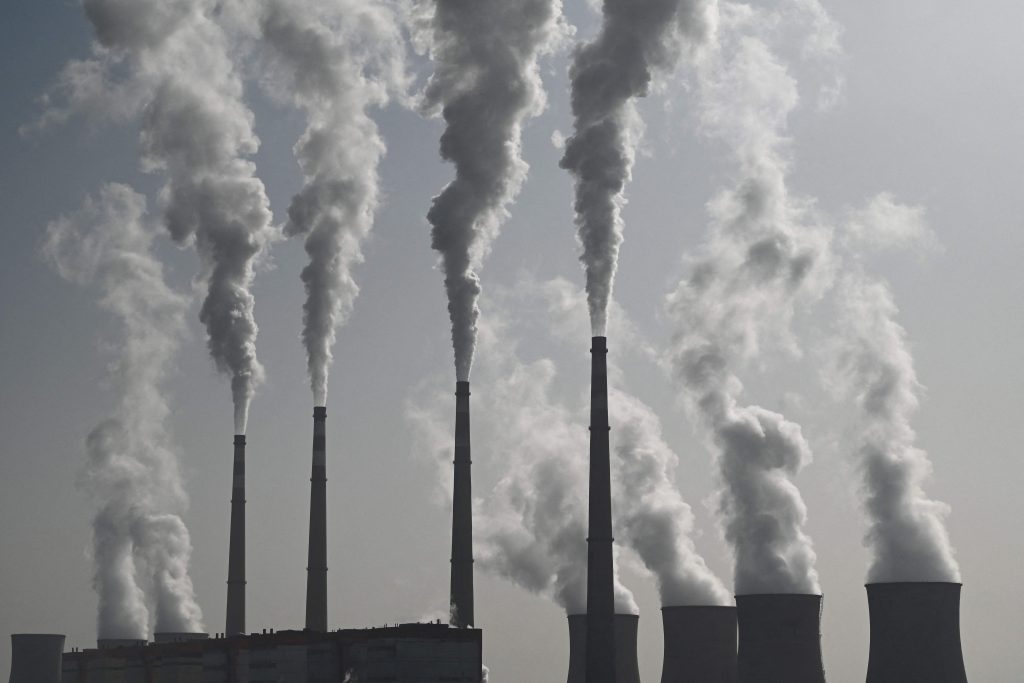
[ad_1]
This articleauthorChe Pinjueis a director of Hong Kong Science and Technology Parks Corporation, a visiting associate professor at the School of Chinese Business at the University of Hong Kong, a senior consultant at Alibaba Cloud, and writes a column for Hong Kong Economic Journal“Big Data for All”.
Satellite remote sensing technology plays a vital role in monitoring global climate change and international cooperation, especially in supporting the implementation of the International Transfer of Mitigation Outcomes (ITMO) mechanism. The application of this technology has greatly enhanced the ability to remotely monitor and verify global greenhouse gas emissions and absorption, and is also indispensable for the implementation of international climate agreements such as the ITMO mechanism of Article 6.2 of the Paris Agreement, and for the formulation of effective climate policies.

Satellite remote sensing technology can continuously provide surface and atmospheric data. For example, in terms of carbon sink and carbon emission monitoring, it can accurately monitor the concentration of key greenhouse gases such as carbon dioxide and methane in the Earth’s atmosphere. This monitoring helps scientists assess the emissions and absorption of different countries and regions and verify the accuracy of emission data reports from various countries. By regularly detecting changes in forest cover, the impact of deforestation or reforestation on climate change can be assessed.
The ITMO mechanism assists Parties in selling their excess carbon quotas to other Parties, opening up a new path for global climate action. This mechanism allows countries to achieve emission reduction targets through international cooperation.
ITMO’s core advantage is to promote the development of the global carbon market and strengthen international cooperation, accelerating the global transition to a low-carbon economy. The mechanism places special emphasis on cooperation between developed and developing countries. Developed countries can achieve their own emission reduction targets by funding emission reduction projects in developing countries, while helping the latter to improve their technology level and achieve sustainable development. This form of cooperation not only includes financial support, but also involves technology transfer and construction, which enhances the participation and influence of developing countries in global climate action.
Through the ITMO mechanism, the global carbon market has been able to expand its coverage, increase market liquidity and transparency. Carbon emission reduction results can be traded internationally, promoting the diversification and maturity of the carbon market, which has enabled more countries and companies to participate, injecting new vitality into the carbon market and promoting its development.
However, the future development of ITMO still needs to solve the problems of authenticity and verifiability of emission reduction results, as well as how to get more countries, especially those with higher carbon emissions, to actively participate. These challenges will determine the success or failure of the ITMO mechanism in global climate action. Remote sensing technology provides a wide-coverage and cost-effective solution, especially in areas that are difficult to reach or where traditional monitoring methods are too expensive, making it possible to assess carbon emissions and absorption in these areas.

As a member of the Earth, facing extreme weather, I hope that ITMO can accelerate its pace and work together globally to jointly address climate change and create a sustainable ecological environment for us and the next generation.
More car products articles:
Support EJ Tech


If you want to submit articles, report information, issue press releases or interview notices,Click here to contact us.
//
[ad_2]
Source link

